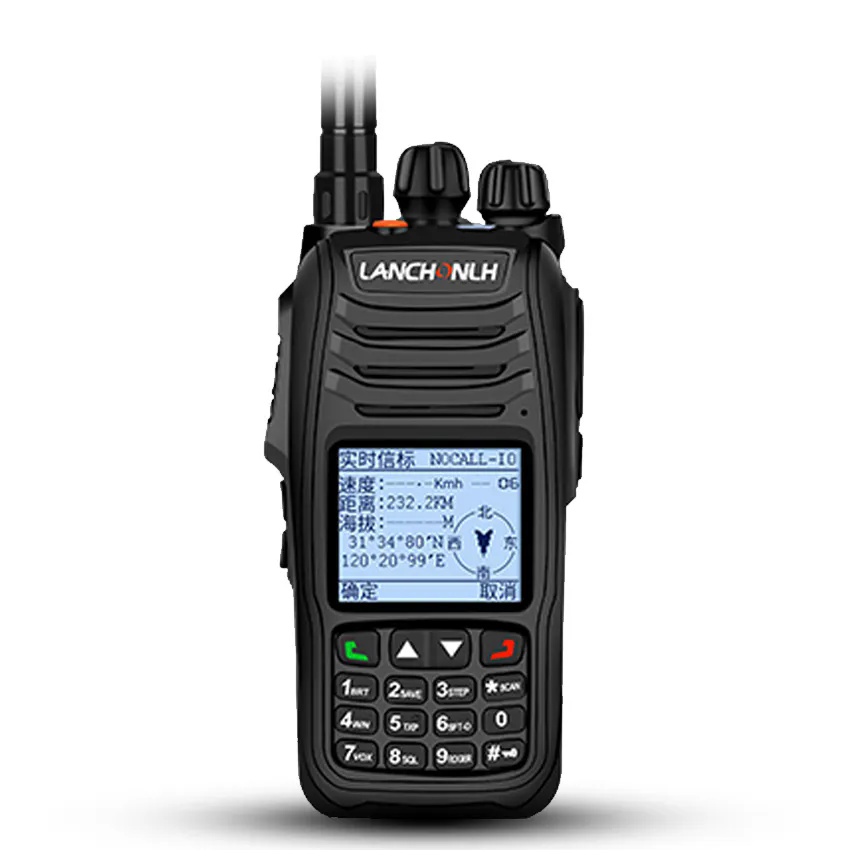The Timeless Appeal of Analog Radio Walkie Talkies
2024-08-19
In an era dominated by digital communication technologies, the analog radio walkie talkie remains a reliable and enduring tool for instant communication. Despite the proliferation of smartphones and digital radios, analog walkie talkies continue to offer unique advantages that make them valuable in various settings. Whether you’re working in a rugged outdoor environment, coordinating a large event, or simply seeking a dependable means of communication, analog radio walkie talkies have stood the test of time. In this blog, we’ll explore the key features, benefits, and applications of analog radio walkie talkies, and why they continue to be a popular choice.
What is an Analog Radio Walkie Talkie?
An analog radio walkie talkie is a two-way communication device that operates using analog radio signals. Unlike digital radios, which convert voice and data into digital formats, analog radios transmit and receive voice signals in their original analog form. This traditional approach to radio communication has been the backbone of walkie talkies since their inception.
Key Features of Analog Radio Walkie Talkies
1. Simple Operation: Analog walkie talkies are known for their straightforward design and ease of use. With basic controls such as a push-to-talk (PTT) button and volume knob, they offer intuitive operation without the need for complex programming.
2. Robust Build: Designed to withstand harsh conditions, analog walkie talkies are often built with durable materials that make them resistant to dust, moisture, and impact. This ruggedness is ideal for outdoor and industrial environments.
3. Extended Battery Life: Many analog walkie talkies feature long-lasting batteries that can provide hours of continuous communication. This is particularly advantageous in scenarios where recharging options may be limited.
4. Wide Frequency Range: Analog radios typically cover a broad frequency range, allowing for communication over various distances and conditions. This flexibility is useful for both short-range and extended-range operations.
5. Cost-Effectiveness: Generally, analog walkie talkies are more affordable than their digital counterparts. Their lower cost makes them an accessible option for organizations and individuals looking for reliable communication tools without breaking the bank.
Benefits of Analog Radio Walkie Talkies
1. Reliability: Analog walkie talkies are known for their reliability, even in challenging environments. They provide clear communication with minimal latency, which is crucial in critical situations.
2. Ease of Maintenance: With fewer complex electronic components compared to digital radios, analog walkie talkies are easier to maintain and repair. This simplicity can lead to lower maintenance costs and longer device lifespans.
3. Immediate Communication: Analog walkie talkies offer instant communication without the need for network connectivity or digital signal processing. This immediacy is valuable in situations where timely coordination is essential.
4. Less Susceptible to Digital Interference: In areas with high levels of digital interference or where digital signals may be unreliable, analog walkie talkies can still provide clear communication.
5. Versatility: Analog walkie talkies are versatile and can be used in a wide range of applications, from recreational activities to professional operations. Their adaptability makes them suitable for various communication needs.
Applications of Analog Radio Walkie Talkies
1. Outdoor Adventures: For hikers, campers, and outdoor enthusiasts, analog walkie talkies provide a reliable means of communication in remote areas where cell phone coverage may be limited.
2. Event Coordination: Organizers of large events, such as festivals or sports competitions, often use analog walkie talkies to coordinate staff and manage operations efficiently.
3. Industrial and Construction Sites: In noisy and hazardous environments, analog walkie talkies enable workers to communicate effectively and safely. Their durability and reliability make them well-suited for these demanding settings.
4. Security Operations: Security personnel use analog walkie talkies for real-time communication during patrols and emergency response situations. Their straightforward operation ensures quick and effective coordination.
5. Emergency Services: During emergencies or natural disasters, analog walkie talkies can provide a vital communication link when other systems may fail or be unavailable.
Future Trends and Innovations
While analog walkie talkies continue to be a trusted communication tool, advancements in technology are shaping their future:
1. Hybrid Models: Some manufacturers are developing hybrid walkie talkies that combine analog and digital features, offering the best of both worlds in terms of communication flexibility and functionality.
2. Enhanced Durability: Innovations in materials and design are leading to even more rugged and weather-resistant analog walkie talkies, suitable for extreme environments.
3. Improved Battery Technology: Advances in battery technology are extending the operational life of analog walkie talkies, allowing for longer use between charges.
4. Integration with Other Devices: Future analog walkie talkies may include integration with GPS and other technologies to enhance their functionality and provide additional features.
Conclusion
Analog radio walkie talkies remain a reliable and effective means of communication, offering simplicity, durability, and cost-effectiveness. Their ability to provide immediate and clear communication in various settings makes them a valuable tool for outdoor enthusiasts, event coordinators, industrial workers, and emergency responders alike. As technology evolves, analog walkie talkies continue to adapt, ensuring they remain a trusted choice for those seeking dependable communication solutions.



